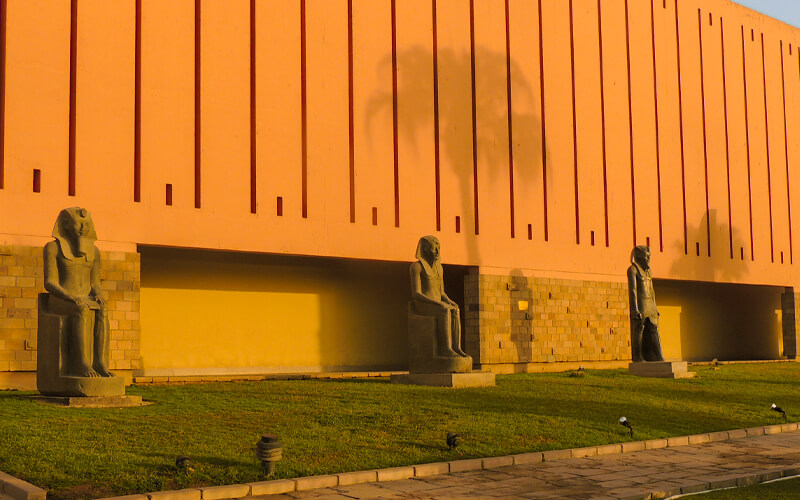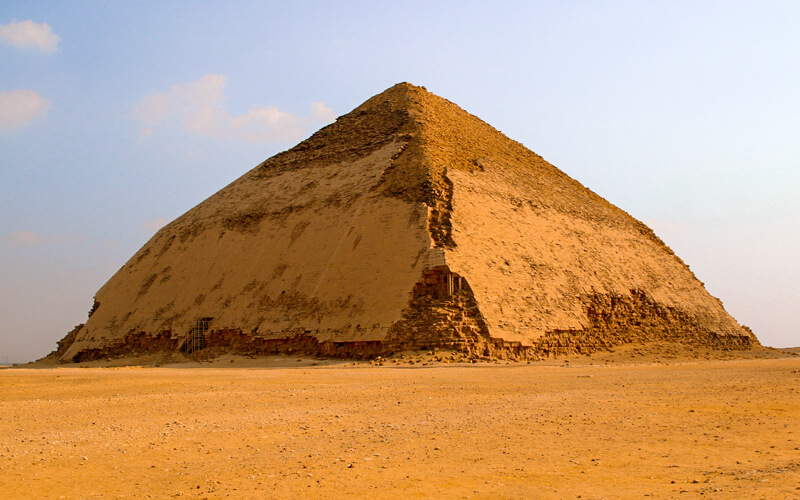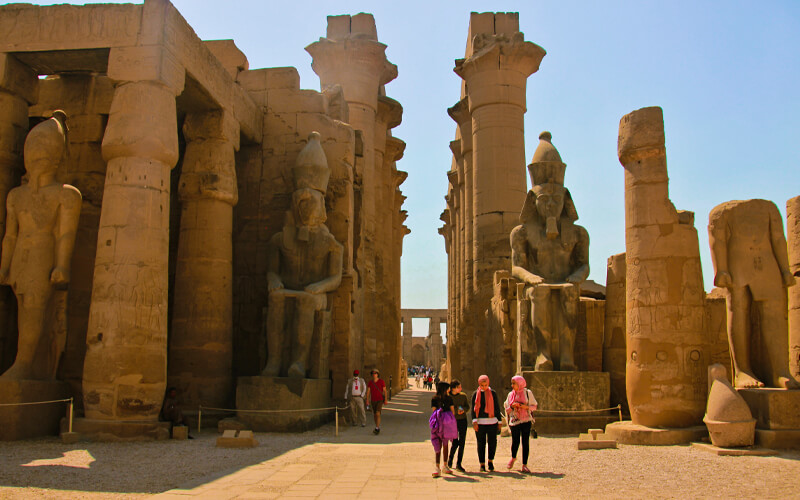Luxor Museum
The Luxor Museum is located in Luxor, Egypt.
It is a superb museum with a well-picked, wonderfully arranged, and thoroughly described collection of antiquities spanning the period from the end of the Old Kingdom to the Mamluk era, most of which have been obtained from the Theban temples and necropolis. Many people are put off by the price of admission, but don’t let that deter you from seeing one of the most rewarding sites in Luxor and one of the greatest museums in Egypt.
Among the many masterpieces on display on the ground floor are a well-preserved limestone relief of Tuthmosis III (No 140), an exquisitely carved statue of Tuthmosis III in greywacke from the Temple of Karnak (No 2), an alabaster figure of Amenhotep III guarded by the great crocodile god Sobek (No 155) and one of the few examples of Old Kingdom art discovered at Thebes, a relief of Un
A new wing, devoted to the glories of Thebes during the New Kingdom era, was dedicated to the city in 2004. There are two royal mummies on display, Ahmose I (founder of the 18th dynasty) and another that some believe to be Ramses I (founder of the 19th dynasty and father of Seti I), both of which have been beautifully displayed without their wrappings in dark rooms. These mummies were a major inspiration for the new building’s construction. Other well-labeled exhibits depict Thebes’ military power during the New Kingdom, which was the period of Egypt’s empire-building, and include chariots and weaponry, among other things. On the top level, the military theme is softened by vignettes from everyday life that depict the technology that was in use during the reign of the New Kingdom. Workers gathering papyrus and preparing it into sheets that will be used for writing are shown in multimedia presentations. Young boys are depicted learning to read and write hieroglyphs next to a display of scribe’s implements and an architect’s tools, as well as a display of architectural tools.
Moving back into the ancient structure on the first floor, you come face to face with a seated granite figure of the legendary scribe Amenhotep (No 4), son of Hapu, the great official who was eventually deified in Ptolemaic times and who, as overseer of all the pharaoh’s works under Amenhotep III (1390–1352 BC), was responsible for many of Thebes’ most important structures. Among the more intriguing displays is the Wall of Akhenaten, a collection of small sandstone blocks known as “talatat” (threes) by workmen – most likely because their height and length were approximately three-hand lengths – that were part of Amenhotep IV’s contribution to Karnak before he changed his name to Akhenaten and left Thebes for Tell El Amarna. His structure was dismantled, and around 40,000 stones that were used to fill in Karnak’s ninth pylon were discovered in the late 1960s and partly reconstructed at this location. It is a unique example of decoration from an Aten temple to depict Akhenaten, his wife Nefertiti, and temple life, as seen in the scenes. Treasures from Tutankhamun’s tomb, such as shabti (servant) figurines, model boats, sandals, arrows, and a sequence of gilded bronze rosettes from his burial pall, are among the other highlights.
When you return to the ground level, you’ll be right next to a black and gold wooden head of the cow deity Mehit-Weret, an aspect of the goddess Hathor, which was also discovered in Tutankhamun’s tomb, and near the exit.
A little chamber on the left, right before the exit, has 16 of the 22 sculptures that were discovered in Luxor Temple in 1989 and are on display there. All are superb specimens of ancient Egyptian sculpture, but at the far end of the hall is a 2.45m-tall quartzite statue of a strong Amenhotep III, dressed in a pleated kilt, which is in practically perfect condition.
If you want to spend a fantastic vacation check out our amazing Egypt Vacation packages or Luxor Excursions to find the best way to travel to Egypt for you.



